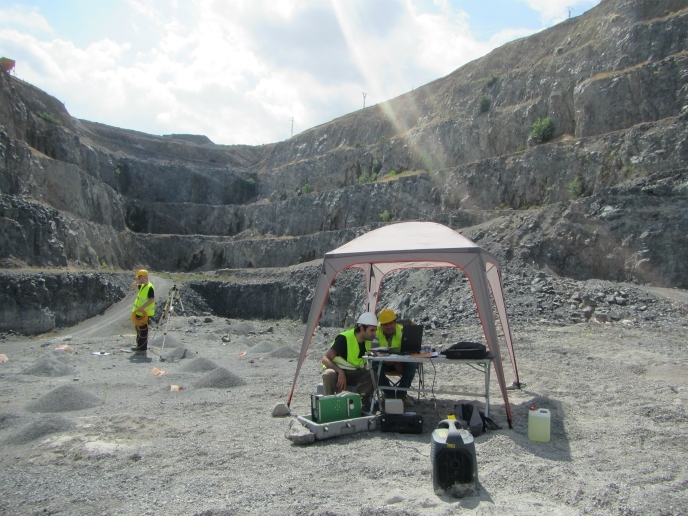Greener propellants for space flight
Concern about the safety of liquid propellants is growing. However, their superior technical characteristics have been a deterrent to investment in greener liquid propellants despite the elevated costs associated with careful handling of the hazardous materials. Numerous other impediments have been identified by the aerospace industry, including lack of vital data in contrast to extensive experience with conventional propellants. Developmental costs associated with necessary new hardware and infrastructure, including test facilities and launch pads, are important given the large required investments for space programmes that are already difficult to maintain. A consortium of 12 partners, recognising the likelihood of limited future access to these dangerous chemicals, initiated the EU-funded project 'Green advanced space propulsion' (GRASP) to minimise negative impact on the space industry. Scientists focused on improving performance, reducing costs and minimising exposure to toxic and/or carcinogenic substances with new environmentally friendly liquid propellants. The team started with over 100 promising green propellants. Candidates were screened according to experimental and theoretical evaluation of propellant characteristics, decomposition properties, ignition properties, as well as thruster operation and performance. As a result, the list was reduced to 11 green propellant candidates. Of the 11, six propellants were integrated into eight different propulsion systems. In fact, development of appropriate propulsion systems and related catalysts was a main part of the GRASP project and significant progress was made in this area. Very high performance catalysts were developed within the scope of GRASP, as was thruster hardware compatible with some of the most promising green propellant candidates. GRASP generated vital data regarding the characteristics of promising liquid green propellants, and developed and tested accessory equipment and catalysts. Close to the end of the project, hydrazine was put on the watch list of the European Chemical Agency (ECHA) and its use is likely to be prohibited in the near future. Thanks to the foresight and determination of the GRASP team, such action is likely to have minimal impact on the competitiveness of European space programmes.







